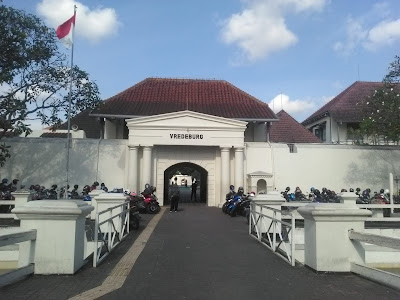Popular Methodology
A. Approaches, methods, procedures, and techniques
A1 – Audio-lingualism
In this model, the drill is heavily
emphasized to form the students’ habit and constantly learning to banish
mistakes
.
A2 – Presentation, Practice, and
Production
The students are given situation contextualized
the language to be taught. The students also practice the language using
techniques, such as choral repetition, individual repetition, and cue-response
drill. Then, the students are able to make their own sentence as production.
A3 – PPP and Alternatives to PPP
There are several models in PPP for
training purposes as a teaching procedure for teachers to employ rather than to
make a good teaching. And the achievement is not exact, but flexible.
A4 – The Communicative Approach
The Communicative Approach or
Communicative Language Teaching (CLT) is the name which was given to a set of
beliefs which included not only a re-examination of what aspect of language to
teach, but also a shift in emphasis in how to teach. It is used to make
students are able to use language properly in variety contexts and purposes. Using
this, the students should have a strong will and desire to communicate. Students
also will get many realistic communications to k now the students’ achievement
such as role play and simulation. So, it will improve the students’ skill and
knowledge.
A5 – Task-based Learning
Students are given task, then after
the task completed, teacher give correction and discuss the language which the
students’ performance. It will make a good direct correction based on the task.
A6 – Four Methods
They are frequently described, together,
as humanistic approaches because in three out of the four cases at least, the
designers are primarily concerned to lower the students’ affective filter, and
so remove a psychological barrier to learning.
Ø Community Language Learning, students are gather in a circle and
discuss something. The rule of teacher is as a counselor.
Ø The Silent Way, teacher must be quiet or says as little as
possible in the class, and the students must be active.
Ø Suggestopaedia, the students must be made as comfort as possible
in class, must be relax, to make students study happily.
Ø Total Physical Response (TPR), students must do an action as a
respond of every single command or language they hear.
A7 – Humanistic Teaching
Humanistic teaching has also found
a greater acceptance at the level of procedures and activities, in which
students are encouraged to make use of their own lives and feeling in the
classroom. In this method, the activities are designed to make students feel
happy and good. So, the students may learn easily.
A8 – The Lexical Approach
Students have to read a text and
then underline the noun they can find and also the verb. It must follow the
pedagogic principles and syllabus specifications.
B. What methodology?
B1 – Methods and culture
In teaching language should applied
culture in linguistics. Our language reflects our attitude and behavior or
culture in the way we communicate and teach. Like in class, students’ behavior
describes their culture where they are from, active or not active, etc. Teaching
and learning must be agreed in one way. Even the students and teachers come
from the same country or cities, must be remembered that they may come from
different culture. So, in teaching, teachers must pay attention of this.
B2 – Making Choices
It is not easy to make a decision
what method and techniques used in teaching language because basically it
depends on how language is learnt. Teachers should consider about the students
culture, character, type, age, and level, not to mention the teachers background
and beliefs. Yet certain conclusions can be drawn: Exposure to language; Input;
CLT; The affective variable; Discovery; Grammar and lexis; Methodology and
culture
Source: Buku The Practice of English Language Teaching, Third edition By Jeremy Harmer




No comments:
Post a Comment
Komentarlah dengan bijak